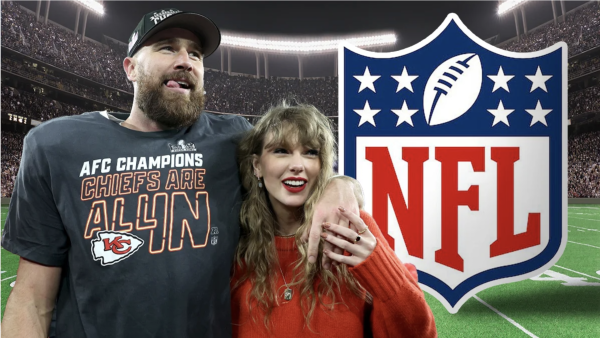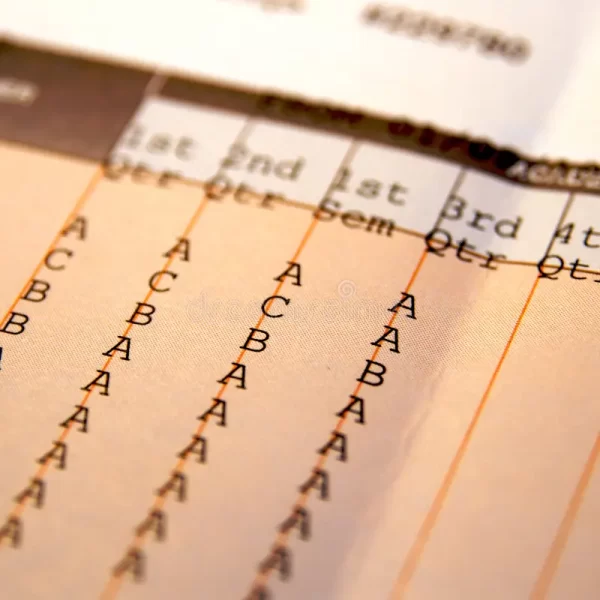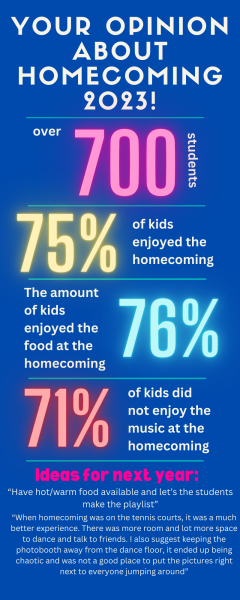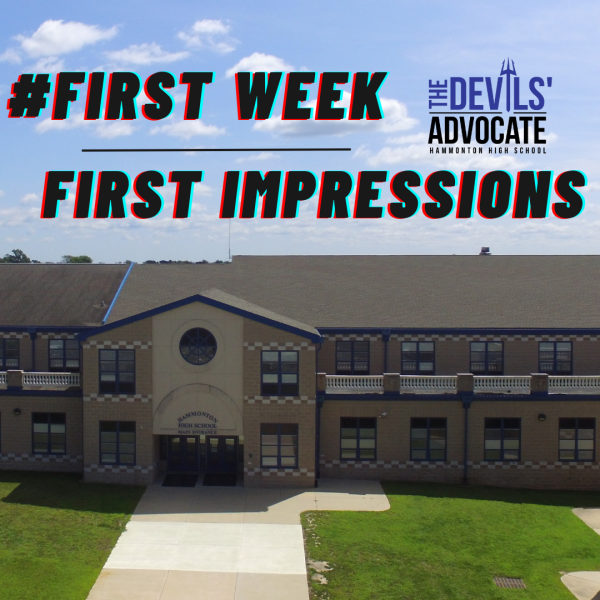Dress Code Dilemmas
Getting the Facts (and Our Opinions) on the Controversial Parts of the Dress Code
Hoods are a common issue for students in Hammonton High School.
Misunderstanding. Misperception. Miscommunication. These three words all apply to the same thing: the Hammonton High School dress code.
But why is this? Every student receives a handbook with a bulleted list of things they can and cannot wear. The administration has the same copy, passed on from the Board of Education. But yet, students and administration sometimes interpret things differently, and a variety of opinions exist on the topic. The concept of the dress code seems reasonable enough. It’s in place to keep students safe, to reduce distractions in the classroom, and to create a professional environment. The idea of uniforms doesn’t sound that appealing because each student gets the freedom to dress how they want to a certain extent.
Not all students are opposed to the dress code and do see the value in it.
“I am thankful for the dress code because it minimizes slob-like attire,” said senior Kayla Carey.
Here’s a breakdown of all the “hot topics” related to dress code, what the handbook says, and our take on them.
Hoodies
Of course, we can’t have a conversation about dress code without bringing up the ever-present debate over hooded sweatshirts. With school violence concerns inspired by cases like Columbine and Sandy Hook, we understand the need to increase security measures. And, let’s be honest, some people are more likely to do things they know they shouldn’t when they don’t think they can get caught. What stinks about this is that we think students tend to feel more comfortable (and warm) when they are able to wear hoodies.
Flip-Flops
We feel a major dilemma when it comes to these. The student handbook says “flip flops shall be forbidden because they create a safety hazard to the student themselves or others.” When it is hot out, though, boys and girls love their flip flops. When we consider the justification for banning flip-flops (“a safety hazard”), we’re not sold on it. For instance, there are no bans on shoes with high heels or clunky boots, which both can be pretty dangerous safety hazards, especially on the stairs. We agree with junior Connor O’Toole: “Students should be able to wear flip flops mainly because you are more comfortable in class.” More than anything, flip-flops come down to comfort, and a more comfortable student is a student more likely to learn.
Hats
The handbook states that hats are strictly not allowed to be worn in school buildings unless specifically permitted by the administration. Is there a difference between a baseball hat and the new trendy beanies that many female students are wearing? Should the hat only be banned if it can cover up someone’s identity? The concern over hats is similar to the concern over hoods: a student or visitor could hide their identity. However, they’re not necessarily distracting or hurting anyone. Freshmen Chase Akers feels strongly that hats should be permitted. He stated, “I think hats should be permitted because they are not hurting nor distracting anyone.”
Shorts/Dresses
According to the handbook, both shorts, for guys and girls, and dresses shall be “appropriately sized to fit and no shorter than 4 inches above the center of the knee.” Furthermore, “shorts may only be worn before October 15th and April 15th, unless changed by administration.” Although some students disagree with the policy, we do agree that, in terms of length, having the guideline is better than not having the guideline. We echo the thoughts of senior Erica Alessandro: “Although sometimes I wish I could wear short dresses and shorts when it gets hot out I am thankful for these rules because I would hate to see girls showing up to school in mini shorts.” If students weren’t told how long shorts and dresses should be, many students, girls specifically, may be more likely show up to school with vulgar outfits. For this reason it seems appropriate to enforce the length rule pertaining shorts and dresses.
However, the time frame given for shorts seems random. If a student can wear a skirt (of appropriate length, of course) any time of year, why are shorts not permitted? While we appreciate when the administration extends the time to wear shorts, we don’t understand why a time frame needs to be in place at all.











